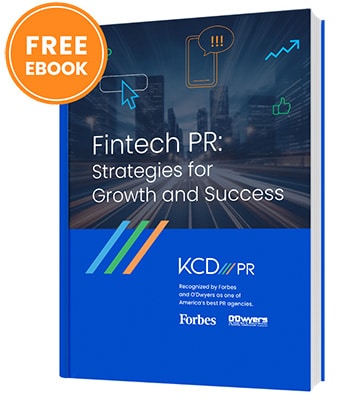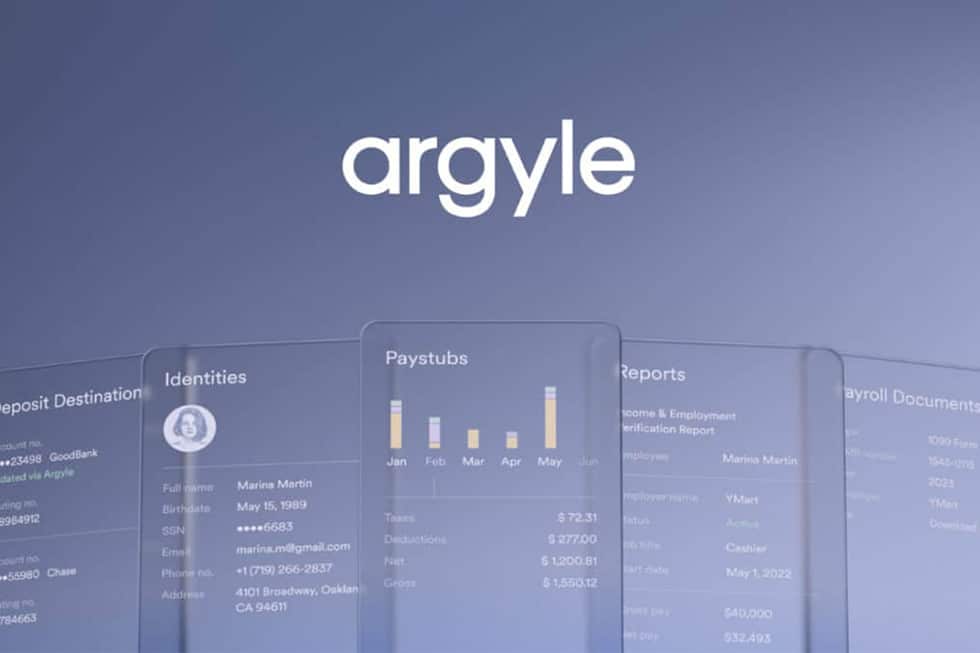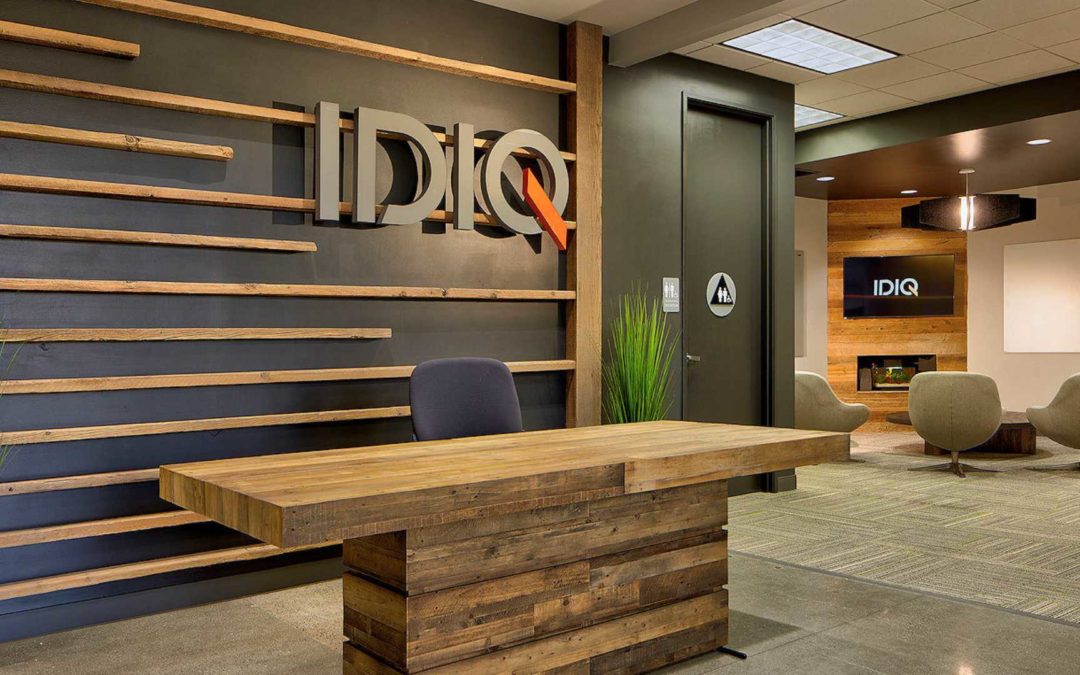Happy Fourth of July! It’s Independence season here in the USA, but these days, I find myself almost gasping when I hear the price of certain items or the interest rate associated. I would venture to say my reaction has become all too normal for many consumers across the nation, with interest rates soaring, gas prices elevated, and everything with a sales price hovering near all-time highs, the world feels like it’s becoming more expensive almost daily. It’s easy to wonder if there are any tools out there to help get ahead financially, or if financial independence is a thing of the past.
A sector of financial technology (fintech) that has grown rapidly focuses on how to track spending, automate saving, and create monthly budgets. Once shrouded in mystery, or buried in a personal spreadsheet, it’s become just about as easy as entering your account information and letting the data come to you. Many of these applications and tools can even manage your investments or make recommendations to increase your credit score. So what are these tools and how do you get involved?
Well, you are in luck, I did the research so you don’t have to!
These are some of the top-rated Fintech tools in 2023:
This award-winning application helps consumers not by reviewing past trends and data, but by focusing on your financial habits and future goals. Accessible from both desktop and mobile devices, YNAB makes tracking spending, and budget creation easy. However, this application does not offer investment tracking and a cost is associated after the 34 day free trial.
2. Intuit Mint
Perfect for tracking bills, upcoming due dates, and balances across accounts, Mint is a free option you’ve likely already heard of. Touted as the most downloaded personal finance app, Mint is a great way to track and pay down debts. Did I mention it’s free? The platform is easy to use and securely links directly to all of your accounts, updating balances automatically.
Resident-Link reports your recurring on-time payments to credit bureaus with the added benefit of credit monitoring and identity theft protection. Things like utility payments and rent are not traditionally used in calculating your credit score, but Resident-Link makes sure it counts toward your creditworthiness.
In a broader sense, Fintech has the capability to revolutionize a fairly outdated system. Created in the 1980s, FICO scores, the widely accepted determination of consumers’ creditworthiness, have shortcomings that technology can fix. The world is a much different place, technologically and financially speaking, than when these standardized scores were first put into action. Fintech can create real-time access to applicants’ credit history rather than waiting for the report to refresh once a month. It can also give a more complete picture of a borrower’s creditworthiness, and financial profile than the standards currently in place. For those wondering, the current criteria are:
- 35% is payment history.
- 30% is debt burden.
- 15% is credit history length.
- 10% is the type of credit you have.
- 10% is recent inquiries into your credit.
Using the tools I mentioned above, and implementing updated means of accessing data for credit ratings stands to change the landscape of lending, and in a good way. Consumers may be battling historic prices and interest rates, but they are not powerless in their fight to increase their financial standing.






